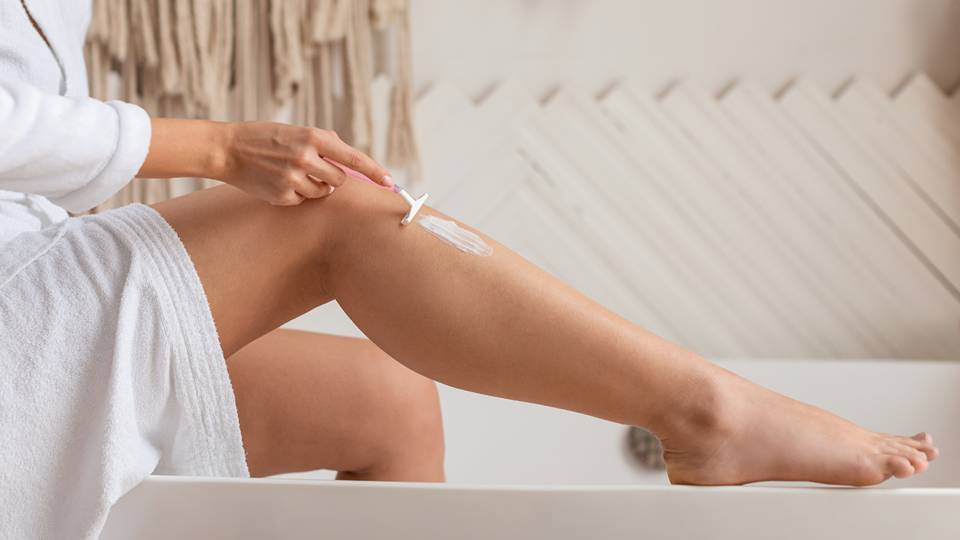
Hair Removal Methods
A lot of people have extra hair. The top lip, chin, cheeks, back, legs, fingers, feet, and toes are frequent locations.
Unwanted hair growth may be caused by genetics, particular drugs like steroids, high levels of some hormones, and polycystic ovarian syndrome, among other things. There are many ways to get rid of unwanted hair, but most of them lead to at least partial regrowth. Taking these things into account is crucial while looking for Vaniqa alternatives.

Hot Waxing
You can perform this yourself at home or have a professional perform it for you in a salon. Hot waxing can be unpleasant and painful, and because the hairs can break off, it may leave some hairs behind. One negative impact to watch out for is infection. The wax could burn you if it's too hot. If you also use isotretinoin or some prescription acne creams (like Retin-A), you should use something other than this approach. If you do, the wax will rip the skin from your body. This form of hair removal is popular among women for use on the upper lip and in the bikini area.
Threading
Some salons provide threading, a traditional hair removal technique used in India. Unwanted hair is removed by threading experts using strings twisted in a certain way.
Shaving
Leg, arm, and face hair are best removed with shaving. However, it can result in ingrown hairs, particularly in the pubic area.
Plucking
Even though it might be uncomfortable, plucking or tweezing is an option worth considering if you simply need to get rid of a few hairs. When you're shaping your eyebrows or removing a few stray hairs that develop on your face, you might want to pluck. However, you shouldn't apply this hair removal technique to broad areas. Scarring or ingrown hairs may result from it.
Depilatory Creams
Depilatory creams, another name for hair removal lotions, are sold over the counter.
Read the labels carefully because they are not all the same. For instance, you shouldn't use a hair removal method meant for pubic hair on your face.
These products' chemicals disintegrate the hair shaft. Your skin can become burned if a cream is applied incorrectly, like by leaving it on for too long. To make sure you don't have a negative reaction to the cream, try a small amount on a spot on your arm if you have a history of allergic reactions. Follow the cream's instructions carefully.
Laser Hair Removal
This is one of the procedures that lasts the longest, although it often calls for four or more treatments spaced four to six weeks apart. Only people with dark hair can use it.
The hair bulb can be destroyed by a laser beam or a light pulse. The process can be performed on various parts of the body where unwanted hair develops, but it can be expensive and occasionally painful. Find expert laser hair removal near you to ensure safe and effective treatment. Make careful to choose a medical professional or technician with extensive training and competence.

Electrolysis
A specialist performs electrolysis by placing a tiny needle with an electric current into the hair follicle. Galvanic and thermolytic electrolysis are the two main ways to remove hair.
- Galvanic hair removal involves chemically destroying the hair follicle.
- The follicle is destroyed by heating during thermolytic removal.
In either scenario, make sure to hire a highly skilled and informed professional.
Every portion of your body is susceptible to electrolysis.
Medicines and Extra Hair
If none of these hair removal techniques work, you might wish to consult your doctor. Some medications stop hair growth.
A medication called spironolactone may slow or diminish hair growth where it is not desired. Your scalp's hair won't be removed by it, and it might even encourage growth there.
The FDA has given the prescription cream Vaniqa approval to suppress the growth of facial hair in females. This cream slows hair growth but does not get rid of it. You apply it twice daily to the affected area. The hair will grow back once the cream is stopped being used.

Comments (0)